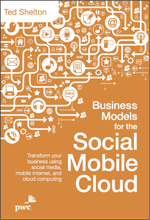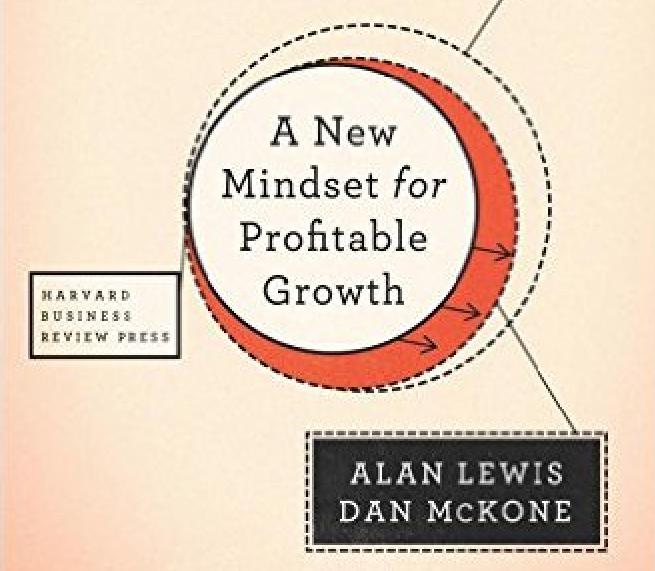 PwC's Ted Shelton's book Business Models for the Social Mobile Cloud: Transform Your Business Using Social Media, Mobile Internet, and Cloud Computing , examines how the three technologies are coming together to transform businesses. Shelton, a managing director in PwC's U.S. Advisory practice, says the resulting change is "strategically transformative." The book intended for those who may not be the most tech savvy, Shelton admits. "This is more of an introductory book. What I've found is that business leaders don't understand the underlying technologies of social, mobile and cloud," he says. "And because of that they don't have a clear understanding of how to apply the implications of those technologies, they don't understand how they and their companies must change to be adaptable to these emerging technologies." Throughout the book, Shelton offers advice and business models for readers to understand how the social mobile cloud is changing every industry and emphasizes the need for executives to understand how to build their business for this transformation rather than incorporating functionality piecemeal. Consulting caught up with Shelton recently to discuss the book, emerging technologies, the next generation of workers and the future.
PwC's Ted Shelton's book Business Models for the Social Mobile Cloud: Transform Your Business Using Social Media, Mobile Internet, and Cloud Computing , examines how the three technologies are coming together to transform businesses. Shelton, a managing director in PwC's U.S. Advisory practice, says the resulting change is "strategically transformative." The book intended for those who may not be the most tech savvy, Shelton admits. "This is more of an introductory book. What I've found is that business leaders don't understand the underlying technologies of social, mobile and cloud," he says. "And because of that they don't have a clear understanding of how to apply the implications of those technologies, they don't understand how they and their companies must change to be adaptable to these emerging technologies." Throughout the book, Shelton offers advice and business models for readers to understand how the social mobile cloud is changing every industry and emphasizes the need for executives to understand how to build their business for this transformation rather than incorporating functionality piecemeal. Consulting caught up with Shelton recently to discuss the book, emerging technologies, the next generation of workers and the future.
 Consulting: So, why did you decide to write the book?
Consulting: So, why did you decide to write the book?
Shelton: My goal in writing the book was really three things—to give my clients and business people everywhere the building blocks and tools to understand these technologies, what their implications are for the business, and also to understand the challenges of change. The book is laid out around those three parts: The first section attempts to explain social, mobile and cloud without relying on a lot of technological terms. I wanted everyone to be able to understand it. The second section is where I explore various business models and is not meant to be comprehensive but rather to be thought provoking. I wanted to get the reader to start seeing how these technologies and what they offer can be applicable across any business. That third section is really about reframing the change agenda. The example I use is a town with five traditional book stores, and one goes out of business. The owners of the other stores may see an uptick in sales and misinterpret that as something they're doing right. In reality, the whole market is shrinking and it won't be long until another one goes out. That's how you can misunderstand change, and you have to be on guard for that.
To continue reading, become an ALM digital reader
Benefits include:
- Authoritative and broad coverage of the business of consulting
- Industry-leading awards programs like Best Firms to Work For, Global Leades and Rising Stars
- An informative newsletter that goes into the trends shaping the industry
- Critical coverage of the employee benefits and financial advisory markets on our other ALM sites, BenefitsPRO and ThinkAdvisor
Already have an account? Sign In Now

